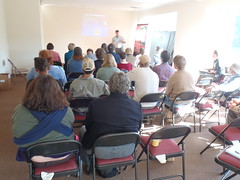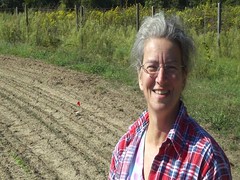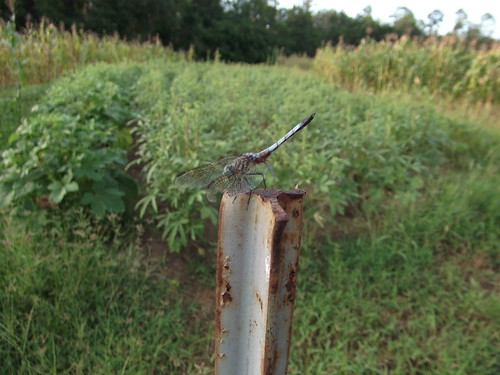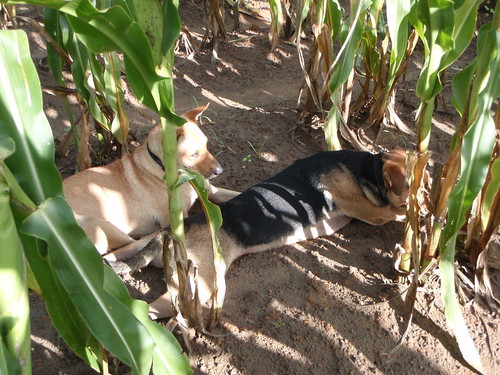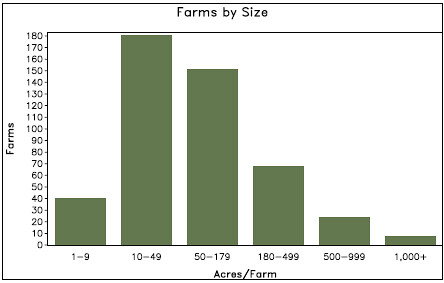We’re on Georgia Water Coalition’s Dirty Dozen 2011: as 9. South Georgia Wetlands: Four Decades of Ditches Dry Out South Georgia Wetlands:
Since the 1970s, state and federal regulatory agencies have allowed the destruction of more than 200,000 acres of highly critical wetlands throughout South Georgia to increase timber production and agricultural yields and usher in residential and commercial development. These wetlands that captured water and slowly released it to streams no longer perform that important function. The result has been increased floods when it rains and record low flows when it doesn’t….
Flooding? Like the 700 year flood in Lowndes County 3 years ago today?

What’s a wetland, anyway?
the greatest concentration of wetlands is in the Coastal Plain of South Georgia. Though these forested foodplains and wetlands may not seem directly linked to our rivers and streams, they play an important role in holding water during rain events and dispensing it during dry periods. The sponges and kidneys of our state, they mitigate major floods, lessen the impacts of drought, and clean the water that passes through them, while regulating the amount of freshwater entering Georgia’s coastal estuaries where commercially important seafood find critical habitat. Additionally, these wetlands provide important habitat for waterfowl and other wildlife.
So what’s the problem?
In an effort to convert these wild lands intoContinue reading


